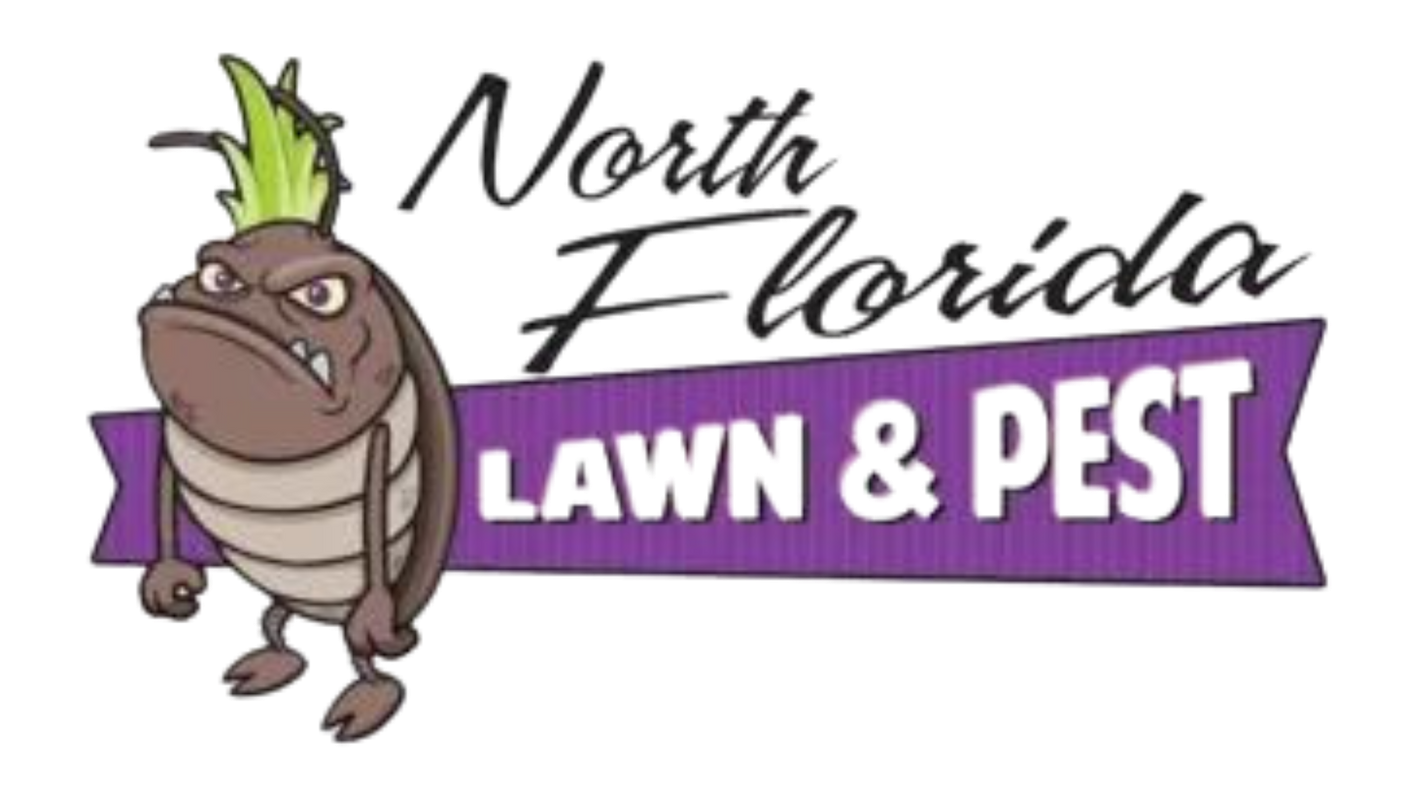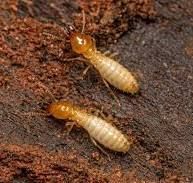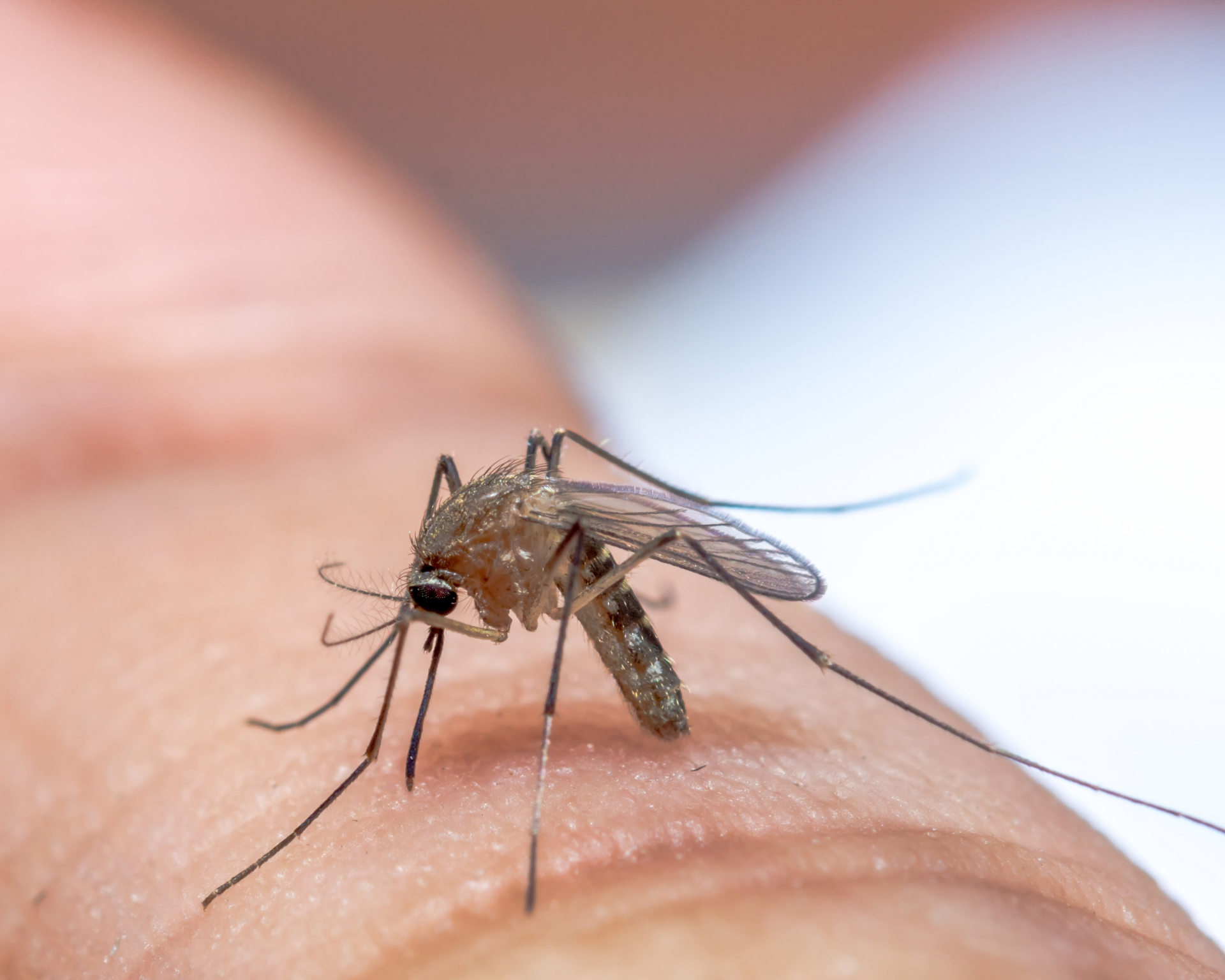What Are the Most Common Pests Found During Winter?
Common Winter Pests and How to Handle Them
As temperatures drop during the winter months, many pests look for warmth and shelter inside homes. Understanding which pests are most likely to invade during this time can help you take preventative measures and protect your home. Here’s a look at the most common winter pests, their behaviors, and tips to keep them at bay.
Rodents
Rodents like mice and rats are notorious for sneaking into homes during the winter. These small mammals are resourceful and can squeeze through gaps as small as a dime to access warm, food-rich areas. Once inside, they can cause significant damage by gnawing on electrical wires, insulation, and furniture. Beyond the physical damage, rodents can contaminate food and surfaces, spreading diseases like salmonella and hantavirus.
Prevention Tips:
- Inspect your home’s exterior for cracks, gaps, or holes, and seal them with steel wool or caulking.
- Keep food sealed in airtight containers and avoid leaving pet food or crumbs out overnight.
- Declutter storage areas like basements and attics to remove potential nesting spots.
- Set traps or use bait in areas where rodent activity is detected.

Cockroaches
Cockroaches are resilient pests that thrive year-round in warm, humid environments. Kitchens, bathrooms, and laundry rooms are ideal hiding spots for these pests. During winter, cockroaches may hitchhike into homes via cardboard boxes, grocery bags, or appliances. Once inside, they contaminate surfaces, spread bacteria, and can even trigger asthma or allergies.
Prevention Tips:
- Deep clean your kitchen and ensure all food crumbs are removed from floors, counters, and cabinets.
- Fix leaky pipes and remove standing water to reduce moisture.
- Regularly empty garbage bins and use sealed trash bags to prevent attracting cockroaches.
- Apply insecticides or baits to areas where cockroach activity is noticed.
Bed Bugs
Bed bugs are small, elusive pests that thrive indoors regardless of the season. They are commonly introduced into homes via secondhand furniture, luggage, or even clothing. Once inside, they hide in mattress seams, upholstery, and behind baseboards. These pests feed on blood and can quickly multiply, leading to widespread infestations.
Prevention Tips:
- Thoroughly inspect secondhand items like furniture or clothing before bringing them into your home.
- When traveling, store luggage off the floor and away from beds or furniture.
- Wash and dry bedding and clothing on high heat to kill bed bugs and their eggs.
- If you notice signs of bed bugs, such as bite marks or small blood stains on sheets, consult a pest control professional for effective treatment.
Overwintering Bugs
Overwintering bugs, including stinkbugs, ladybugs, and cluster flies, seek warmth during colder months. They typically enter homes through cracks in windows, doors, and walls, gathering in attics, basements, or behind walls. Although they don’t usually cause structural damage, these pests can be an annoyance and are difficult to eliminate once inside.
Prevention Tips:
- Seal gaps around windows, doors, and vents using weather stripping or caulking.
- Keep attics and basements well-ventilated and clutter-free to discourage pests.
- Use a vacuum to remove overwintering pests and dispose of the vacuum bag immediately.
- Consider installing fine mesh screens over vents to prevent entry.
Spiders
While most spiders are harmless and even beneficial by preying on other insects, their presence can be unsettling. Spiders often seek refuge in dark, quiet areas such as basements, closets, and garages during the winter.
Prevention Tips:
- Eliminate clutter where spiders can hide, such as cardboard boxes and piles of clothing.
- Vacuum and dust regularly to remove webs, eggs, and stray spiders.
- Seal cracks and gaps around doors, windows, and foundation walls to limit entry points.
- Install door sweeps to block spiders from slipping in under exterior doors.
Other Winter Pests
1. Silverfish: These insects prefer cool, damp environments and are often found in basements, bathrooms, and kitchens. They feed on starchy materials like paper, cardboard, and fabric.
Tip: Store important documents and clothing in airtight containers and reduce humidity with a dehumidifier.
2. Pantry Moths: These pests infest stored food items such as flour, grains, and cereals. They lay eggs in packaging, leading to contamination.
Tip: Regularly check pantry items for signs of moth activity and store dry goods in airtight containers.
3. Norway Rats: These large rodents are especially problematic during winter. They burrow near foundations and can cause structural damage while contaminating stored food supplies.
Tip: Keep landscaping trimmed and firewood stored away from the home’s exterior to discourage nesting near the foundation.
Protecting Your Home This Winter
Winter pests can be persistent, but proactive measures can help protect your home. Regular inspections, sealing entry points, and keeping your living areas clean and clutter-free can make your home less attractive to unwanted visitors. Additionally, maintaining a dry, well-ventilated home can deter pests that thrive in damp environments.
Want To Learn More? Contact Us
For severe infestations, professional pest control services can provide safe and effective solutions tailored to your specific needs. Don’t wait until a small pest problem becomes a big issue—take action now to ensure a pest-free winter.
By staying vigilant and addressing potential issues early, you can enjoy the season without worrying about uninvited guests.
Contact our team today to learn more about our safe and eco-friendly pest management solutions.
Like this post? Share it here...







